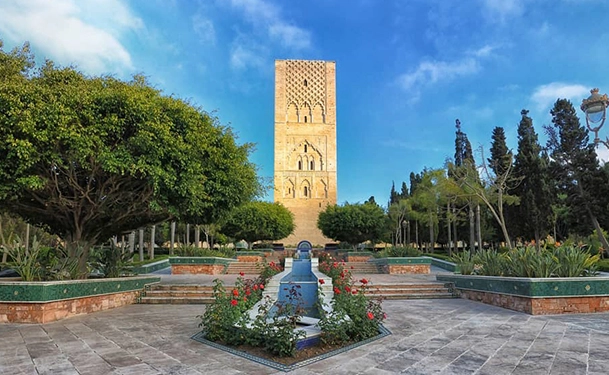Rabat: The Capital That Actually Has Its Act Together
Table of Contents
Okay, so here’s the deal with Rabat – it’s probably the most underrated city in Morocco, and I’m not even exaggerating. While everyone’s rushing off to Marrakech and Fez (which, don’t get me wrong, are amazing), Rabat is just quietly sitting there being the perfect blend of chill capital city and coastal paradise. It’s like the responsible older sibling who has their life figured out while everyone else is still figuring things out.
The Accidental Capital Story
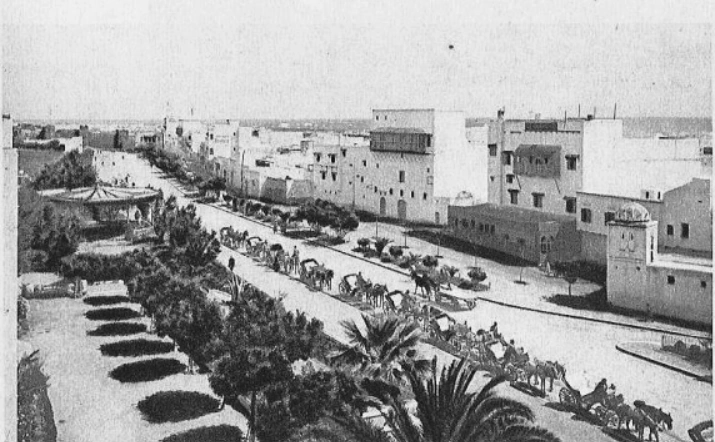
Here’s something funny – Rabat wasn’t even supposed to be the capital originally. Back in 1912, when the French were setting up their protectorate, they were like, “Hmm, where should we put our administrative center?” They looked at the options and basically went, “You know what? Rabat’s got a nice vibe. Let’s go with that.”
And honestly? Best decision ever. The city was already pretty established – it had been around since the 12th century when the Almohads built it as a fortress city. But it took the French making it the capital to really put it on the map. Sometimes the best things happen by accident, right?
The Kasbah of the Udayas: Instagram Gold
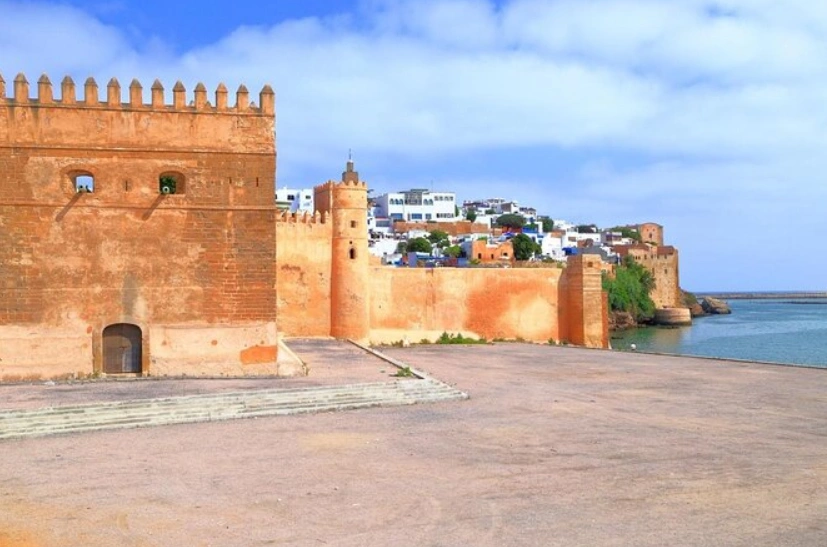
Let me tell you about the Kasbah of the Udayas – this place is absolutely magical. It’s this ancient fortress perched right on the cliff overlooking the Atlantic Ocean and the Bou Regreg River. The whole area is painted in these gorgeous blue and white colors that look like something straight out of a Greek island, but with serious Moroccan character.
Walking through the narrow streets feels like you’re in a fairy tale. You’ve got these traditional houses with beautiful doorways, tiny gardens bursting with flowers, and these incredible viewpoints where you can watch the sunset over the ocean. Plus, there’s this cute little cafe at the end where you can sip mint tea while watching the waves crash below. It’s basically perfection.
The Hassan Tower: The World’s Most Famous Unfinished Project
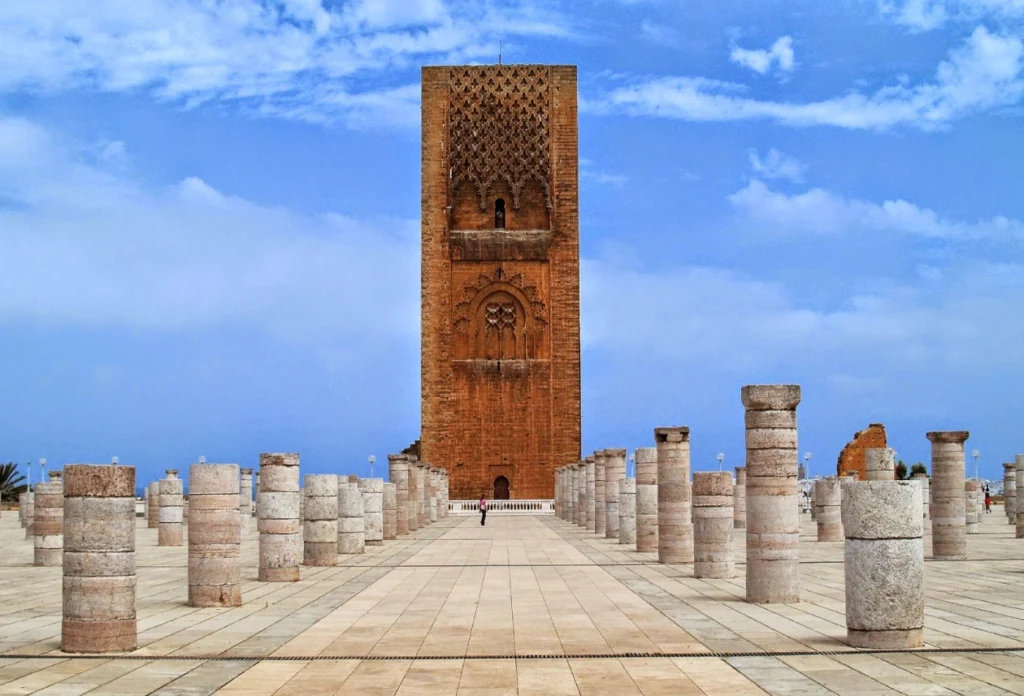
So there’s this massive tower called Hassan Tower that’s been sitting there unfinished for over 800 years, and somehow it’s become one of Morocco’s most iconic landmarks. The story goes that Sultan Yacoub al-Mansour wanted to build the biggest mosque in the world back in the 12th century, but then he died and everyone was like, “Eh, maybe we’ll finish it later.”
Spoiler alert: they never did. But you know what? It’s actually more beautiful unfinished. The tower stands there with all these columns around it that were supposed to be part of the mosque, and it’s got this haunting, romantic quality that a completed building might not have had. Sometimes the best art is the stuff that’s left to your imagination.
Mohammed V Mausoleum: Serious Respect
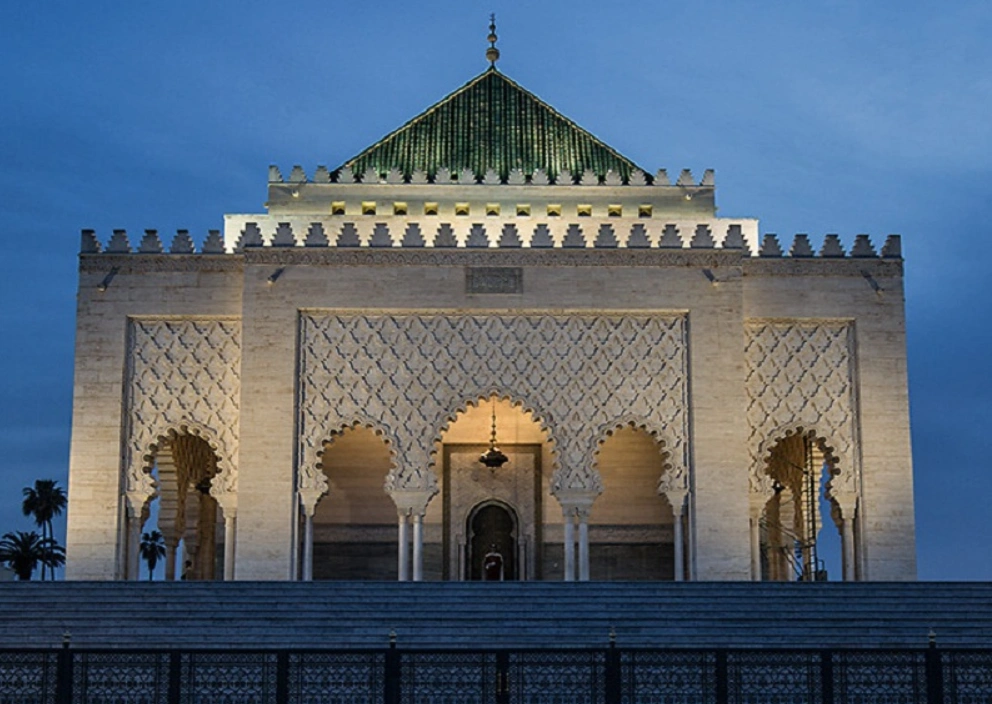
Right next to Hassan Tower, you’ve got the Mohammed V Mausoleum, which is where Morocco’s independence hero is buried along with his sons. This place is absolutely stunning – we’re talking intricate mosaics, beautiful marble, and craftsmanship that’ll make your jaw drop.
What’s cool is that it’s guarded by these royal guards in traditional dress who do this whole ceremonial thing that’s fascinating to watch. It’s one of those places where you really feel the weight of history and the respect Moroccans have for their independence struggle.
The Medina: Chill Vibes Only
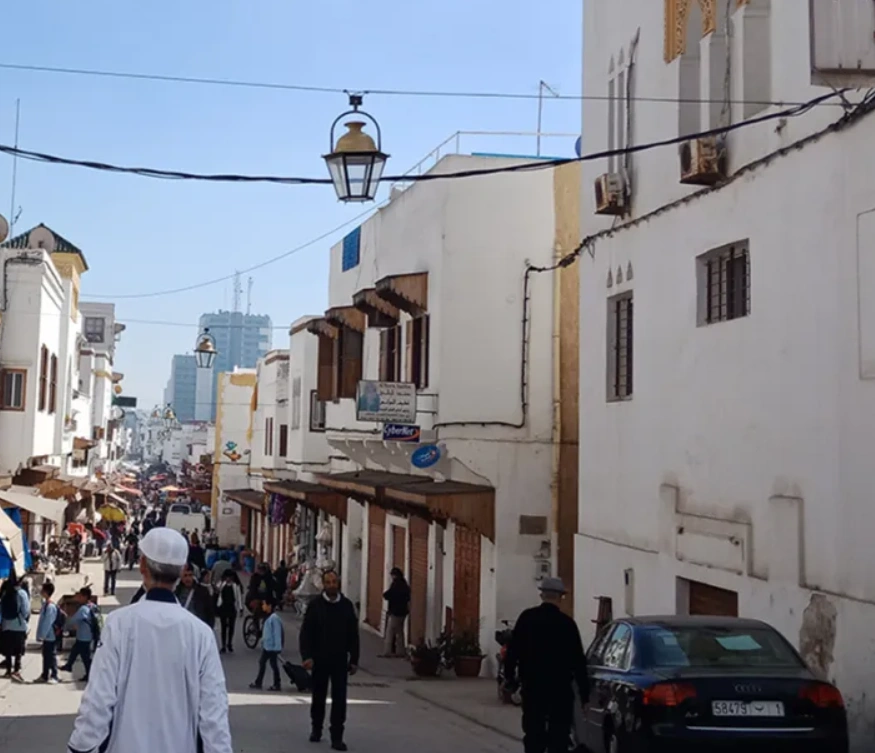
Rabat’s medina is like the anti-Marrakech medina – and I mean that in the best way possible. Don’t get me wrong, I love the chaos and energy of other Moroccan medinas, but sometimes you want to actually be able to have a conversation without dodging motorbikes and aggressive carpet sellers.
The Rabat medina is way more relaxed. You can actually browse the shops without feeling pressured, the streets are wide enough that you won’t get lost for hours, and the vendors are generally pretty chill. It’s like medina shopping on easy mode, which is honestly refreshing.
The New Town: Where Modern Morocco Happens
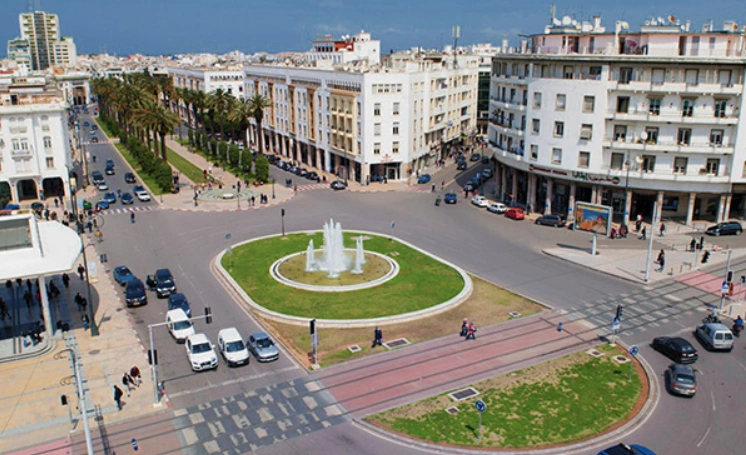
The ville nouvelle (new town) is where you really see Rabat’s capital city energy. You’ve got government buildings, embassies, universities, and this whole sophisticated vibe that’s different from other Moroccan cities. The architecture is this cool mix of Moorish and French colonial styles that somehow works perfectly together.
The main drag, Avenue Mohammed V, is lined with cafes, shops, and restaurants where you’ll see diplomats, students, and business people all mixing together. It’s got this cosmopolitan feel that makes you realize Morocco is way more diverse and modern than a lot of people think.
Beach Life, Capital Style
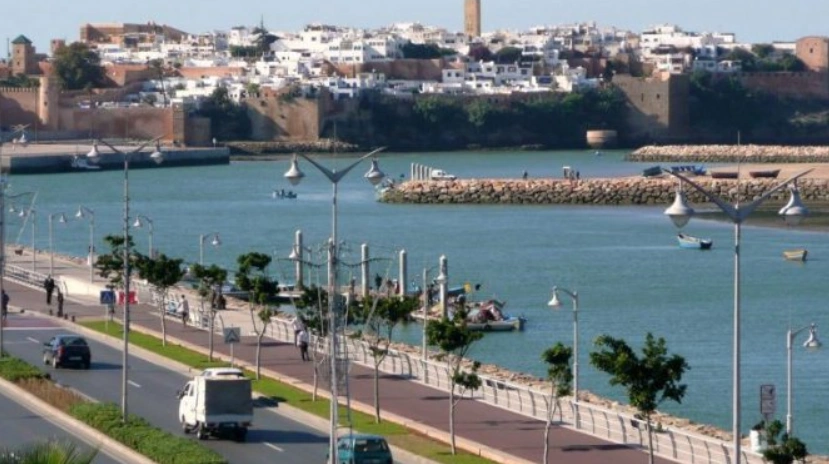
Here’s something most people don’t know – Rabat has some seriously nice beaches. The city sits right where the Bou Regreg River meets the Atlantic Ocean, so you get both river and ocean vibes. The beaches aren’t as developed as Agadir or as wild as some of the Atlantic coast spots, but they’re perfect for a morning jog or an afternoon chill session.
There’s this whole waterfront area that’s been developed recently with parks, cafes, and walking paths. It’s where locals go to unwind after work, and it’s got this really nice, laid-back energy. Plus, you can actually watch the sunset over the ocean from the city center, which is pretty rare for a capital city.
The Diplomatic Scene
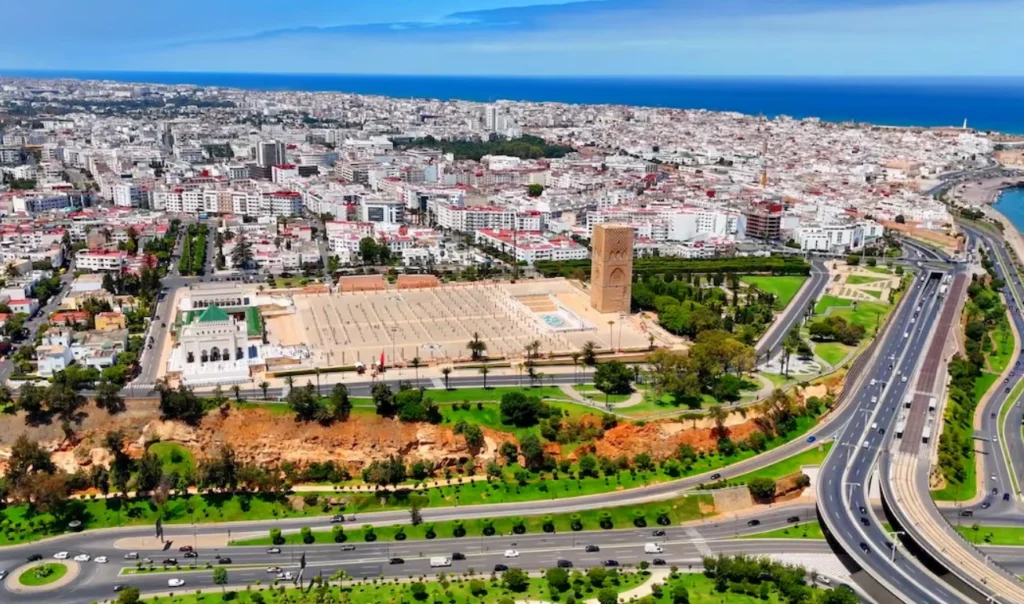
Because Rabat is the capital, it’s got this whole diplomatic community that adds a really interesting international flavor to the city. You’ll find restaurants serving food from all over the world, cultural centers hosting events, and this general sense that the city is connected to the wider world in a way that other Moroccan cities aren’t.
The diplomatic quarter is actually pretty cool to walk through – you’ve got all these embassies with different architectural styles, and it’s like taking a mini world tour without leaving the city.
Why Rabat Gets It Right
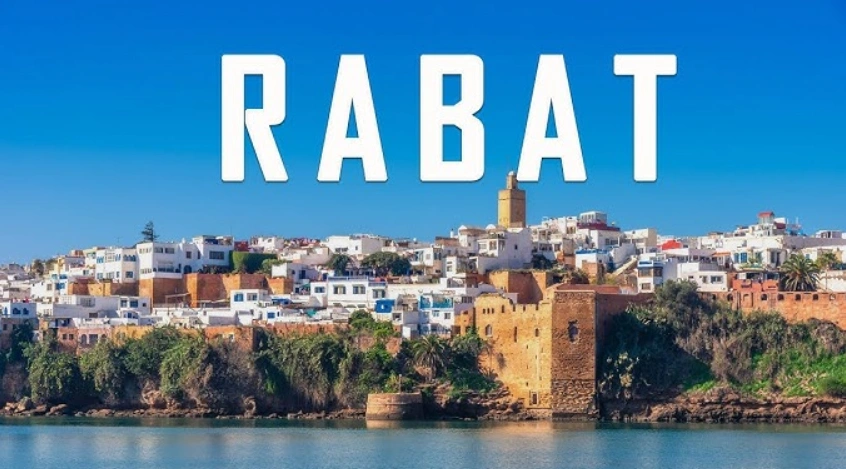
What I love most about Rabat is that it’s found this perfect balance between being an important political center and still being a livable, human-scale city. It’s not too big, not too small, not too touristy, not too isolated. It’s like the Goldilocks of Moroccan cities – everything is just right.

